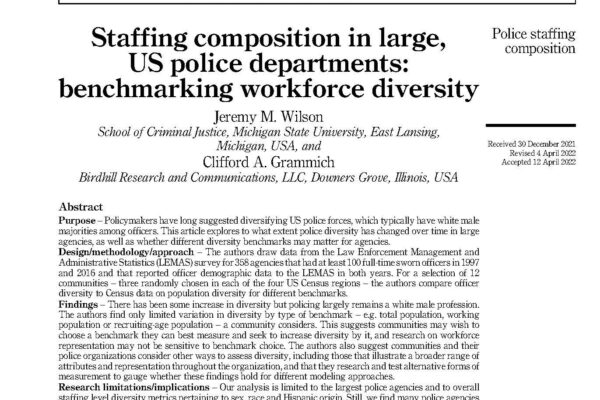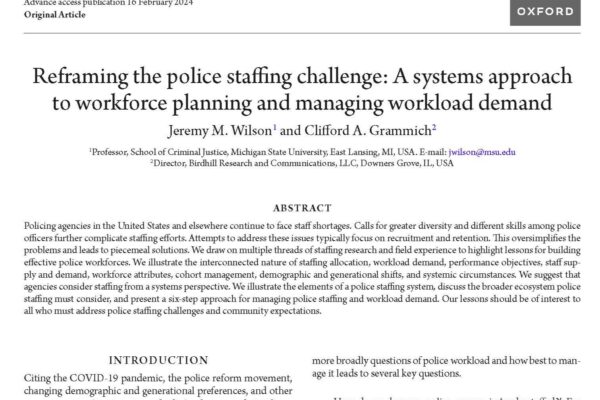Police Consolidation: Engaging the News Media. US Dept Of Justice, Office Of Community Oriented Policing Services (COPS), 2014.
Police Consolidation: Engaging the News Media explores how the news presents the topic of consolidation, along with its associated community interests, budgetary concerns, and potential outcomes. Read More






